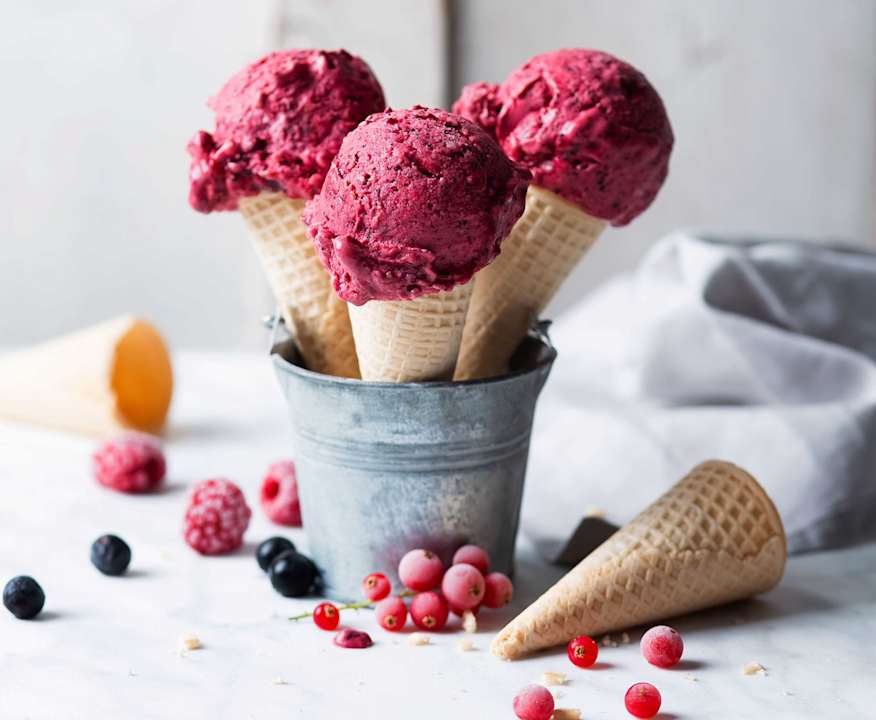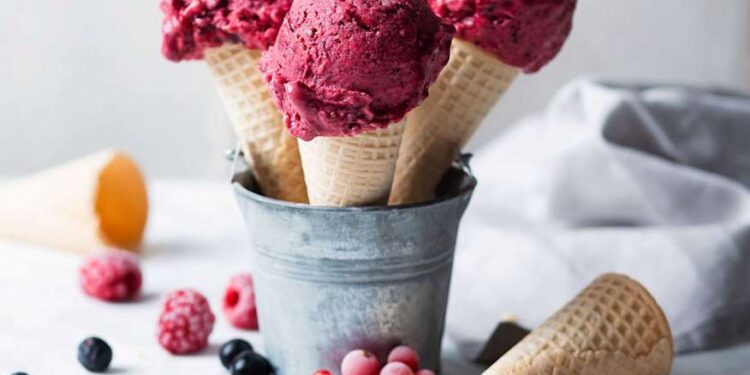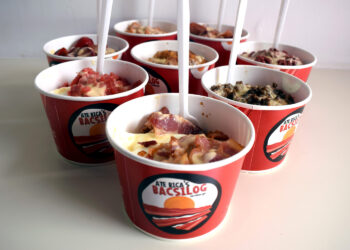A 5-12-month-old boy studying in Nursery, concealed inner an ice-cream trolley whilst playing hide-and-seek seeking along with his pals and suffocated to death.
After he was concealed, the lid of the chamber was locked from outside, and the boy died of asphyxiation.
The incident came about past due on Monday in Karimnagar town.
According to the Madhotanda police station, while the boy, Atharv Gupta, became no longer located for long, his own family contributors commenced searching the location.
One of his relatives coincidentally opened the lid of the ice-cream trolley’s ice chamber, that became parked out of doors their house, and observed the boy’s dead frame.
The father, Ajay Gupta, who is president of the Vyapar Mandal Committee, stated his son had sustained minor harm on Sunday and which turned into why they did not ship him to school on Monday.
“He changed into spending his time without work along with his buddies whilst the incident occurred,” Station House Officer Umesh Singh Solanki stated.
 No criticism has been lodged on this connection for the registration of an FIR. No post-mortem was performed.
No criticism has been lodged on this connection for the registration of an FIR. No post-mortem was performed.
The first step in the manufacture of ice cream includes a choice of ingredients. The items may be labeled as dairy and non-dairy substances. The dairy gadgets consist of sweet cream, frozen cream, plastic cream, unsalted butter, butteroil, whole milk, entire milk powder, condensed complete milk, and evaporated milk. The non-dairy gadgets consist of sugar (cane sugar, beet sugar and corn sugar), stabilizers (gelatin or sodium alginate), emulsifiers (glycerol monostearate), flavours (vanilla, chocolate, strawberry, pineapple, lemon, banana and many others), colours (yellow, green, pink depending at the flavours), egg solids, result and nuts (apple, banana, mango, grape, almond, pistachio, cashew, walnut etc.).
The second step is figuring out the mixture. Although understanding of calculation is required for production ice cream with excellent that adheres to the prison standards, it is indeed smooth to discern the combination through simple techniques. For E.G. To make 1-liter ice cream mix that meets the legal requirements, the subsequent ingredients are required.
Care has to be exercised even as selecting the dairy as well as nondairy ingredients, as they decide the flavor of the final product, I., ice cream. Take the milk in a box and allow it to heat. When the temperature of the milk is around 50°C, solid components like skim milk powder, butter (cut into small pieces), and sugar are delivered slowly, which will completely contain them within the hot milk. Gelatin and glycerol monostearate (GMS) are ideally blended and heated one after the other in a minimum amount of water until their dissolution, and then added into the hot milk. The pasteurization of ice cream blend entails heating it to 68 °C.Five°C for 30 min or eighty°C for 25 sec.
Homogenization of ice cream mix is a vital step in the production method. It is typically done at temperatures from sixty three-77°C in a two-level homogenizer; the first stage running at 2500 psi and the second one at 500 psi. Homogenization facilitates decreasing the size of the fat globules to 2 microns or less. It helps in stopping the fat separation all through getting older, imparts a smoother texture to the product, improves whipping ability, reduces the aging length, and reduces the amount of stabilizer required.
Cooling and aging of the ice cream mix
Ice cream blend is cooled to 0-five°C at once after homogenization, and it is further held at this temperature for 3 to four hours in the getting older tanks. Aging of the ice cream blend isn’t always required when sodium alginate is used as a stabilizer. Aging improves the frame and texture of the ice cream, increases melting resistance, and improves most overrun.
Freezing the combination
After finishing the getting-old method, the ice cream blend is subjected to freezing in a batch freezer or a non-stop ice cream freezer. Generally, colorings and flavors are introduced to the elderly ice-cream mix simply earlier than transferring the same into the freezer, or they may be delivered without delay into the freezer. In the freezing chamber, the ice cream blend is fast frozen at the same time as being continuously agitated to contain air in a way to produce and manage the formation of the huge number of small ice crystals with a purpose to offer clean body and texture, palatability and desired over run in the finished stop product. When the ice cream is frozen to the desired consistency, it’s miles transferred to the programs of preferred sizes and immediately positioned in cold storage rooms.
During the cold storage process, freezing and hardening are completed. The temperature of hardening is around -20°C. The soft ice cream is normally drawn from the freezer at around -7°C. The nature of freezing may be very critical in the freezing method. It is continually suited to freeze the combination in a continuous freezer in place of in batch freezer because the former accomplishes the task within a few seconds while the latter does it in 5-10 minutes.
Overrun with ice cream
Overrun, expressed as a percentage, is generally defined as the extent to of ice cream is received more than the volume of the ice cream mix. The extra extent is composed specifically of the air integrated during the freezing system. The overrun due to air affords the right body, texture, and palatability important to a great product. Too lots or too little amount of air incorporation will affect the body, texture, and palatability. The soft ice cream, ice cream packaged in bulk, and retail-packed ice cream could have over the run of 30-50%, 90-100%, and 70-eighty% respectively.








